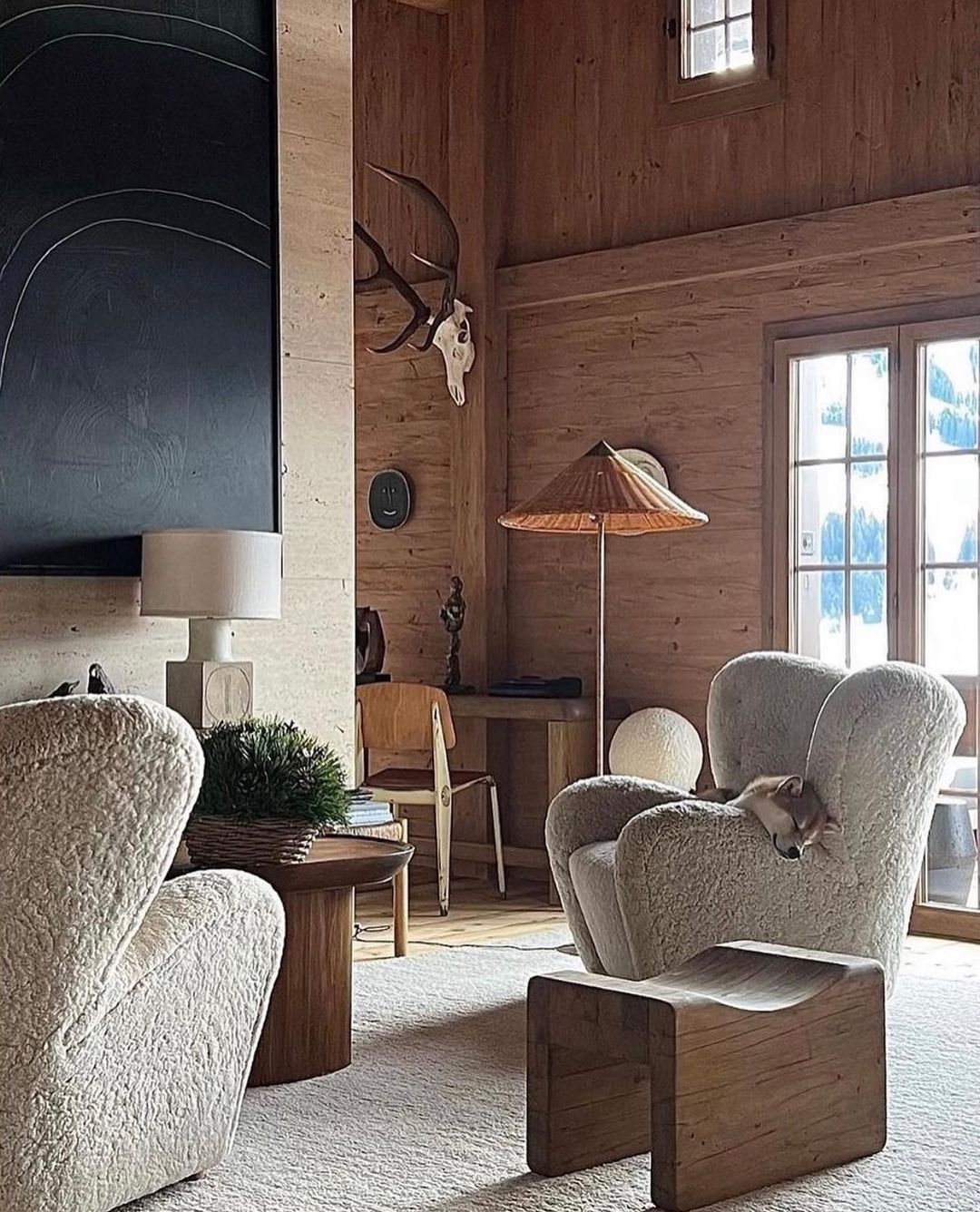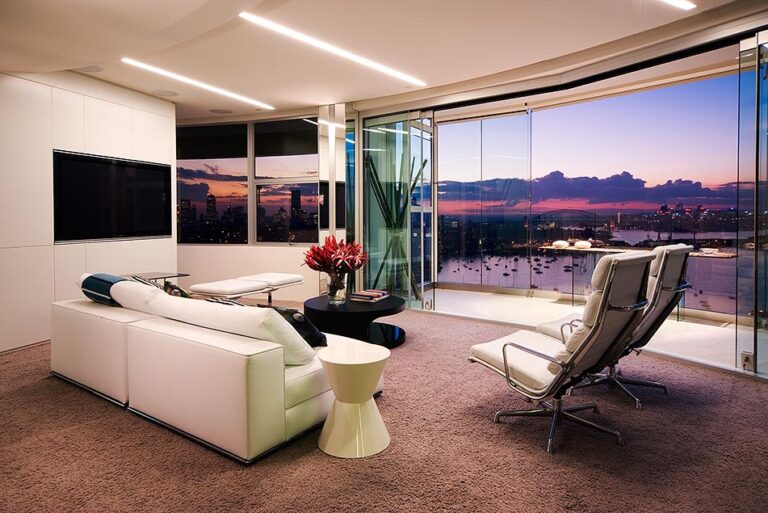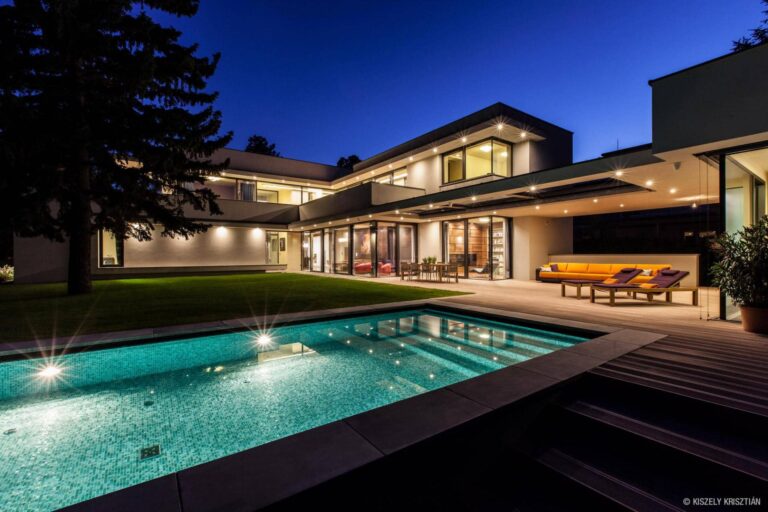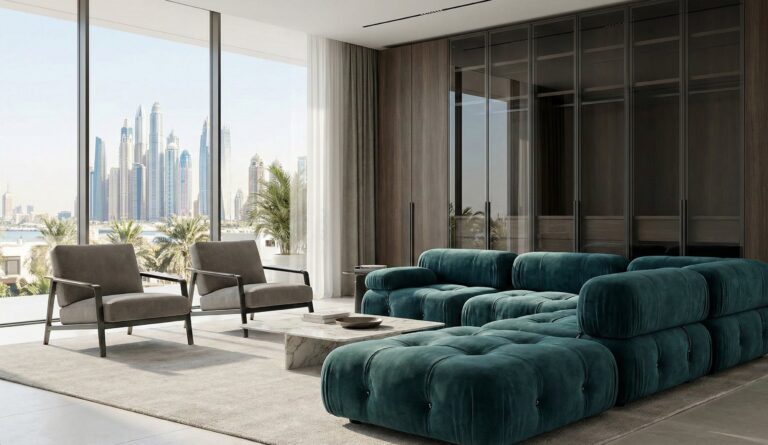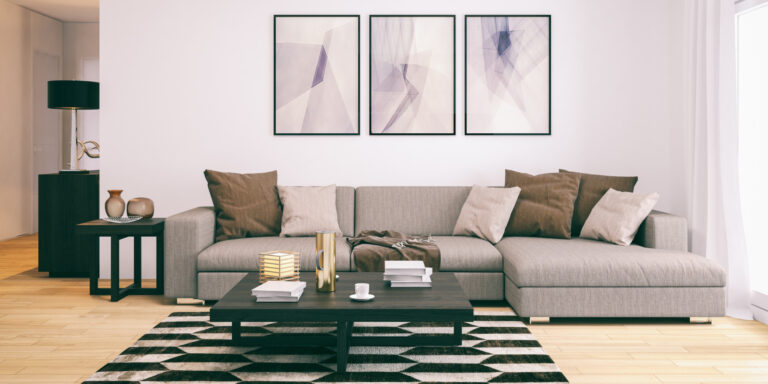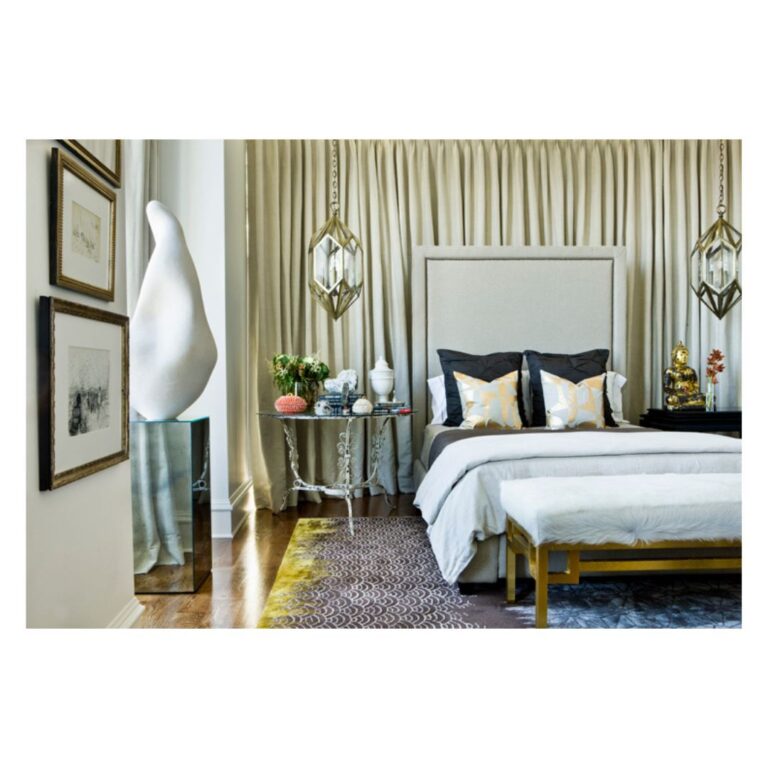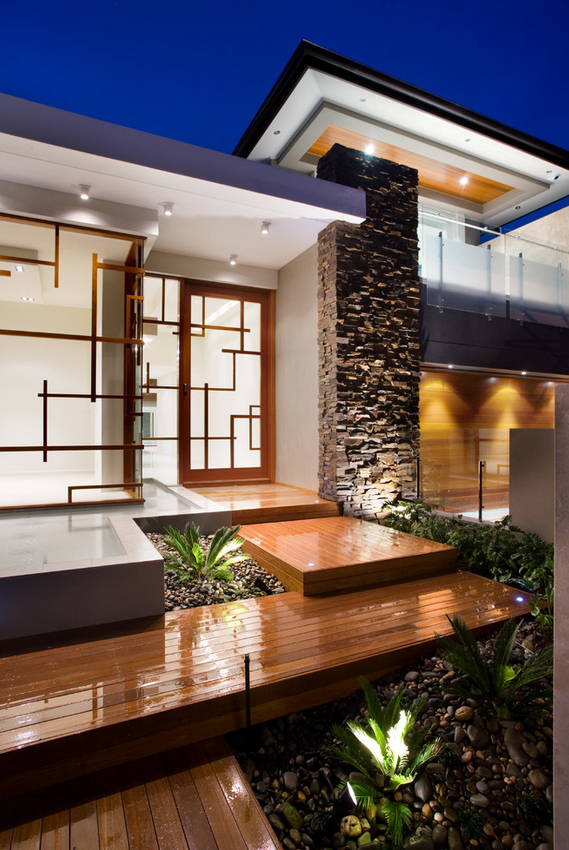WHAT COLOR SHOULD YOU CHOOSE FOR YOUR WALLS? AN EXPERT INTERIOR DESIGN TIP!
Whether you want your walls to blend into the background or stand out when they take center stage, natural-colored walls may be the ideal blank canvas for a tidy and welcoming home. Whether you want to create a traditional white feature wall, an earth-toned shower tile, or wood-look porcelain flooring, natural tiles provide a solid foundation for decorating regardless of your decorating style. You might be wondering what colors are natural, so let’s look more closely at the concept of naturalness to discover more about our color options.
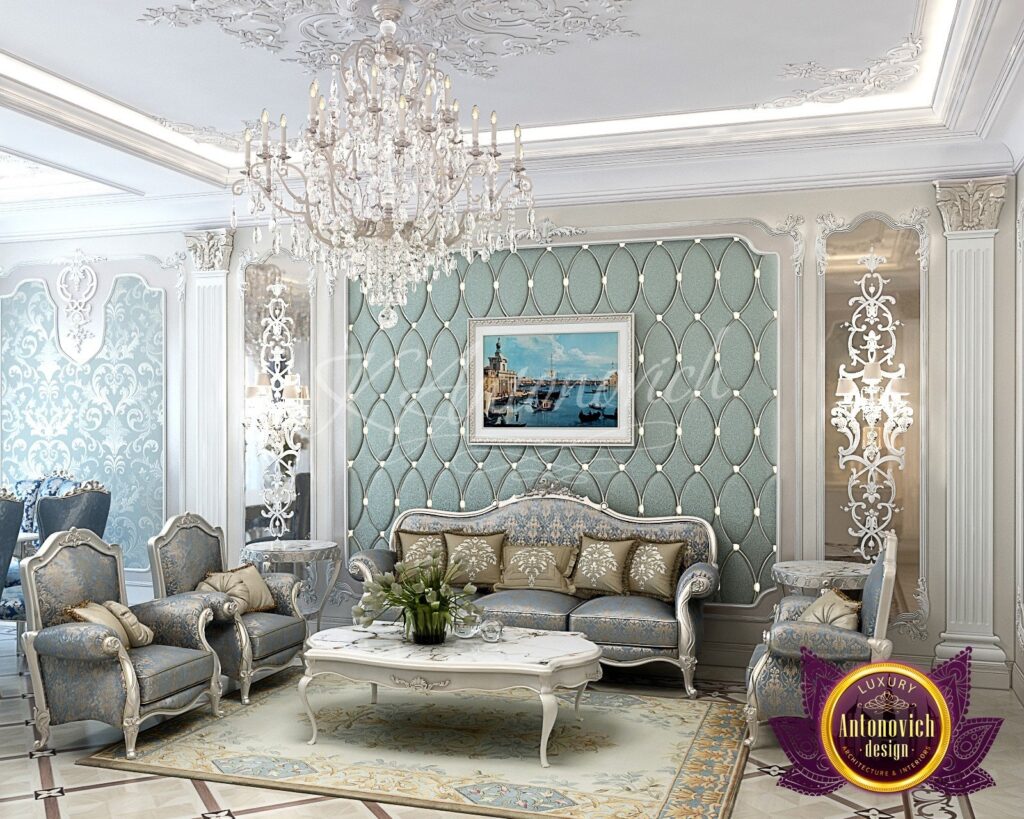
We know that choosing natural tiles may be confusing and challenging, as there is significant debate about what qualifies as a “natural” color. Although most of us associate “naturals” with shades of black, brown, white, or gray, we could also think of beige, ivory, taupe, or even muted green tones. Naturals are defined as hues that do not appear on the color wheel to make things simpler!
It’s important to note that, in contrast to the first four natural colors mentioned above, all other natural colors have a color below them. According to their undertones, those naturals will be categorized as warm or cool; depending on the ambiance you want to create, you might want to ensure that various undertones go well with your overall décor. In our opinion, natural color schemes are seen negatively since they are dull and unattractive. Natural house colors are anything but “boring,” and they are a must for clever interior landscape company who wish to have a variety of possibilities. Here are a few reasons why natural materials will always be a top choice for gorgeous designs.
Bright colors could convey a more energetic vibe, while natural tones might provide a steady, calming, and soothing mood. Your space could feel more airy and open with these hues. Additionally, naturals convey sophisticated modern design, giving your home a classic appeal that fads can’t match. Natural tones allow you to explore textures without fearing the space will become overly congested. In reality, the secret to sporting muted tones is to add texture to keep things interesting! You may easily add texture to your furniture by utilizing nubby knits, fuzzy rugs, woven accessories, and even metallic hints if your walls or floors are painted in subdued tones. Remember that more is more when it comes to texture in natural design. Natural colors allow for solid colors in accent walls, furniture, and other decorations while blending in well with the background.
Changing accents, such as cushions, blankets, rugs, or statement furniture pieces, to provide a different vibe in the space is an easy alternative because your taste may change over time. No matter the era or the kind of furniture, there is nothing more classic than wood look flooring for natural homes with a tidy and realistic backdrop! From ultra-modern to residences in an antique style with muted color schemes, the organic look of floor tile patterns that resemble wood never loses its attraction over time.
Aside from the durability that comes with all of the advantages of porcelain, such as a stain- and moisture-resistant surface for long-lasting kitchen and bathroom designs, cleaning tiles is also much more accessible than cleaning real hardwood. Are natural and natural dwellings something you particularly admire? Bring the outside in with tiles for a long-lasting, nature-inspired appearance rather than shopping at home décor stores. Reinvigorate your walls with tiles in a calming color scheme and fresh flower or leaf patterns to promote positive thoughts and a revitalizing appearance, even during the chilly winter.
